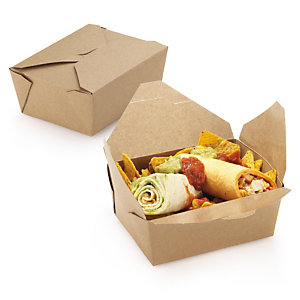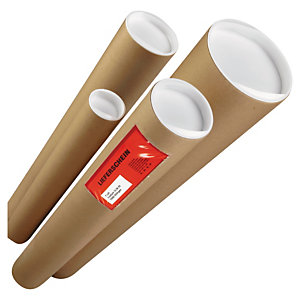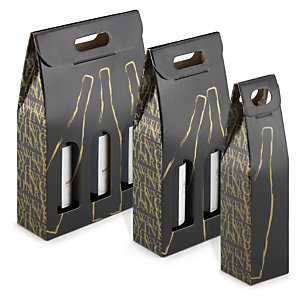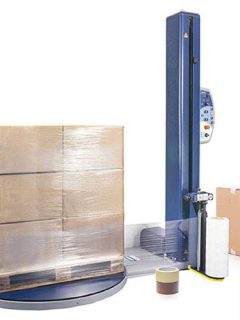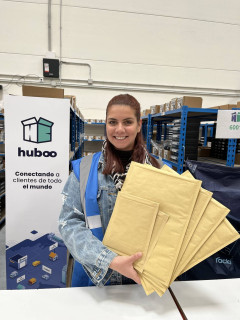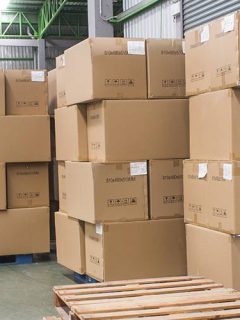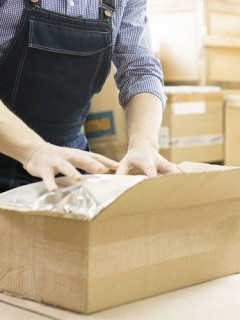When packaging your business products or preparing your e-commerce orders, have you ever noticed that there are different types of cardboard used in the manufacture of packaging items? Each of them has different characteristics in terms of aesthetics, strength and flexibility. As a result, they can be used for different purposes: to support heavy weights, to adapt to the shape of the contents or to make a good impression on the recipient.
if you want to learn more about the different types of cardboard, what they are used for and what packaging you can identify them in, then stay with us: you’ve come to the right place.
what is cardboard?
Before we delve into the varieties of cardboard available on the market, it is necessary to understand what cardboard is and how it is made.
Cardboard is a material obtained by superimposing layers of paper made from cellulose fibres extracted directly from wood or from recycled paper. Although they share the same origin, cardboard differs from paper in that it is thicker and heavier than paper.
Grammage is the weight of a square metre of paper or cardboard expressed in grams (g/m2). In the packaging industry, it is considered that the greater the grammage of a cardboard, the more resistance and security it will offer during storage and transport processes.
Types of paperboard used to manufacture packaging products
The most popular type of cardboard in packaging is the one we usually see in American boxes, i.e. corrugated cardboard. However, this is not the only option for packaging our products: packaging based on cartonboard, compact cardboard, stone cardboard or couché cardboard is also common.
Corrugated cardboard or corrugated board
Corrugated cardboard or corrugated board is made up of two elements:
- The flute or medium: one or more sheets of corrugated paper that are placed in the central part.
- The liners: sheets of cardboard that are placed between the flute layers, acting as separators between them.
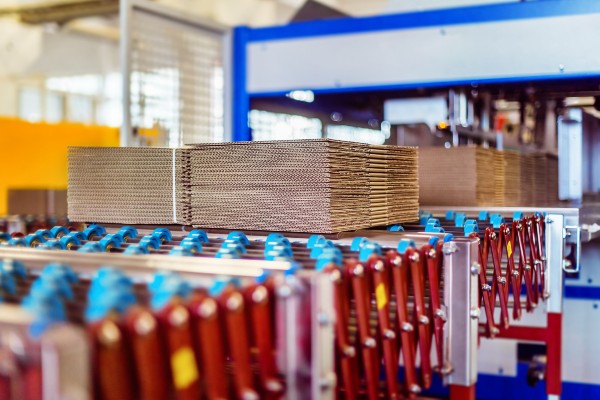
The more layers are added, the thicker the corrugated board becomes and, depending on their number, we find single, double or triple flute corrugated board.
A variant of corrugated board is honeycomb board, in which the flute, instead of corrugating, adopts a hexagonal structure, similar to that of a honeycomb. This type of board functions as an interior separator in the transport of fragile objects (glass, ceramics, etc.) and is very popular for the production of display panels or large-format signage.
Cardboard
Cardboard is a material that is halfway between cardboard and paperboard: it is thicker and stronger than cardboard, but thinner and more ductile than the latter. It is notable for its flexibility and the good printing results it provides, which is why it is widely used in the packaging of FMCG (Fast Moving Consumer Goods), including food, hygiene and cosmetic products and household items. One example is the hamburger box or the takeaway box.
Solid board
Solid board is made by pressing together several layers of paper, so it is common for recycled paper to predominate in its manufacture. It is quite stiff, widely known in the bookbinding industry, and is very recognisable as the basis for board game boards and puzzles.
In the packaging industry, it is used in filler and protective packaging, as a raw material for cornerboards and separator sheets, and in various types of cardboard shipping tubes.
Stone or grey board
Stone or grey board is made from a mixture of paper pulp and gypsum, which results in a very stiff and moisture-resistant type of board. It is a popular variant among craft enthusiasts, although its applications in packaging are only occasional, e.g. in boxes for electronic goods.
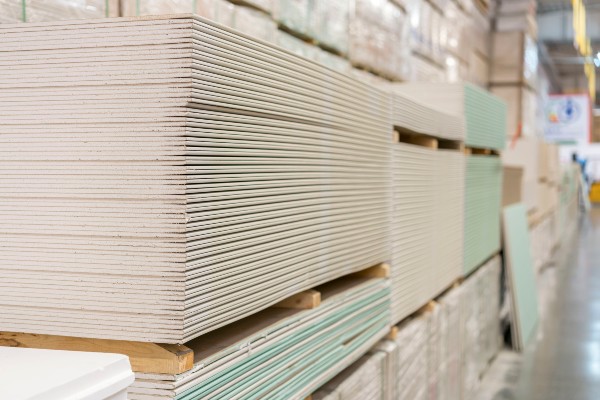
Couché cardboard
Although, like plasterboard, couché cardboard also plays a residual role in packaging, we cannot fail to mention it because it lends a very elegant touch to the product presentation of gift and trade productsit is distinguished by being coated, on one or both sides, with a layer of glossy glossy paper, usually white.
Whatever type of cardboard you choose for your packages, the best thing about this packaging material is that it is EcoResponsible: it can be recycled and/or reused to contribute to the preservation of the environment. Stay with RAJA®: we have the most practical and innovative packaging, with hundreds of references ready for delivery in just 24/48 hours!











